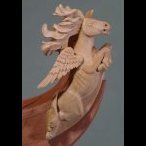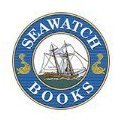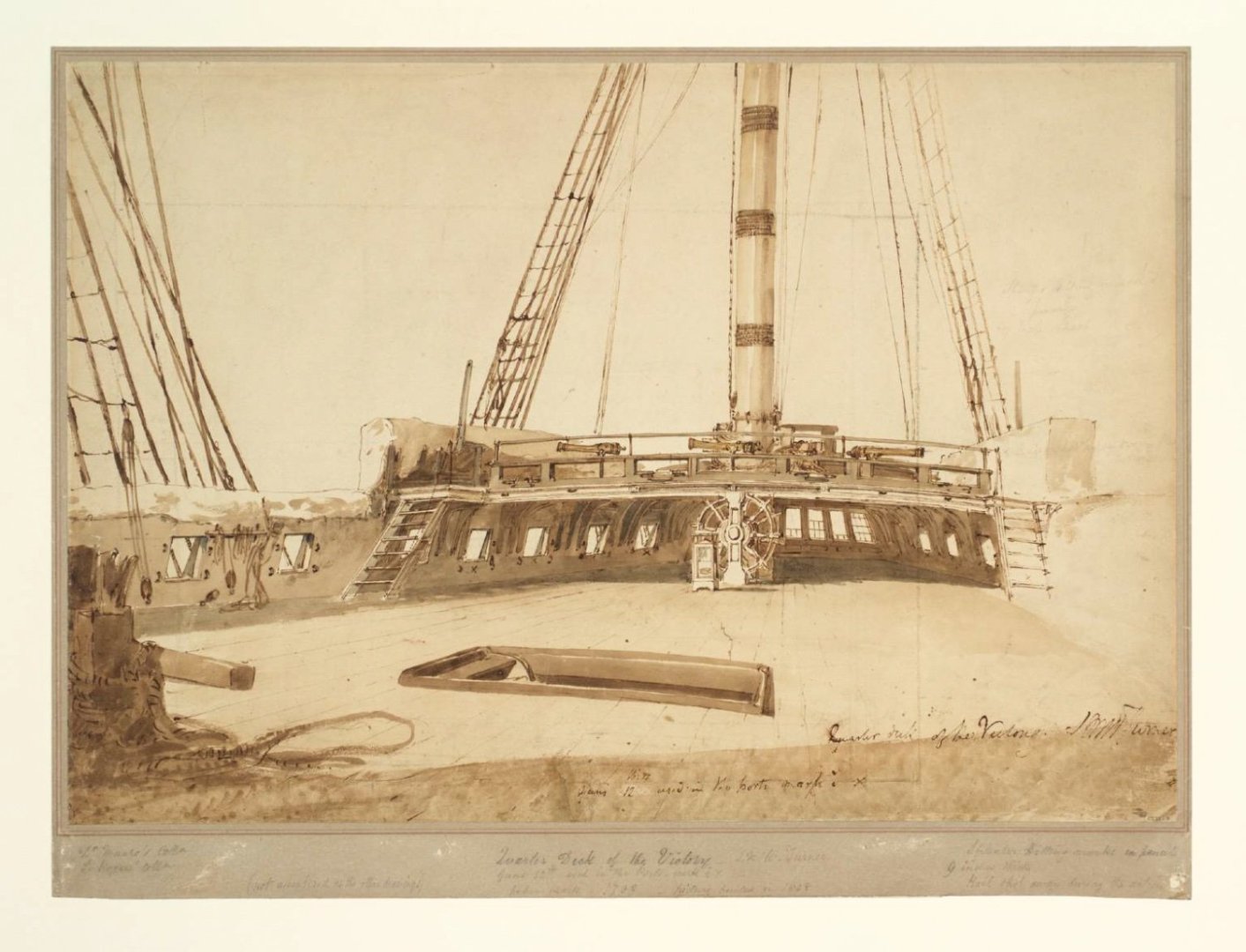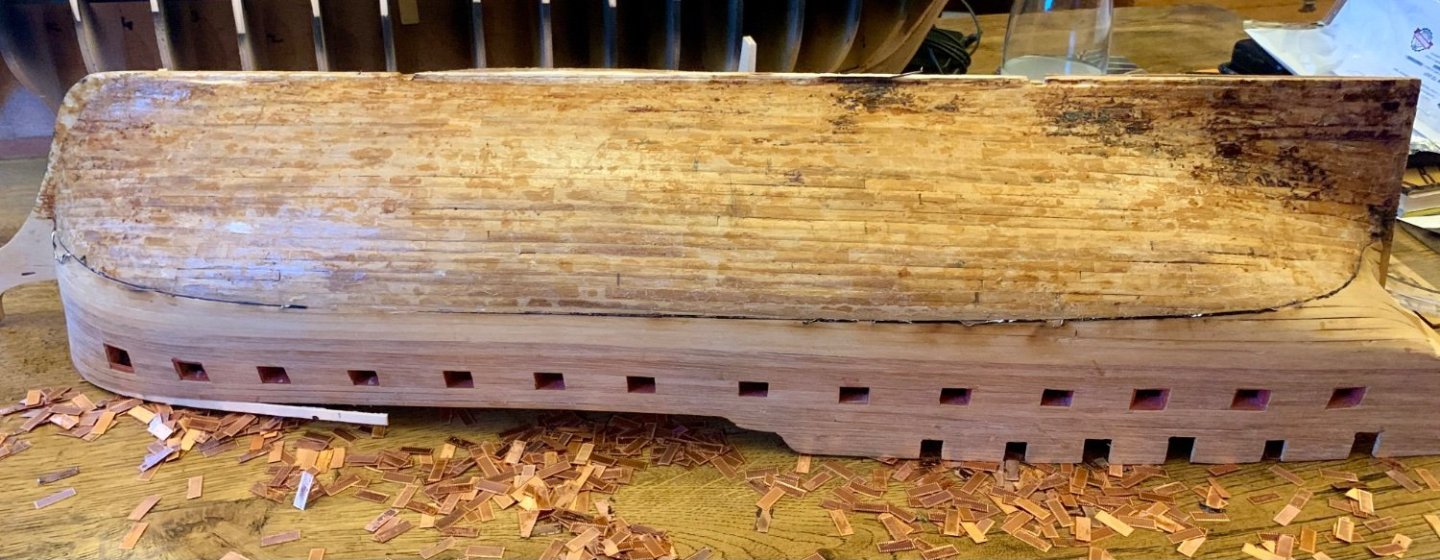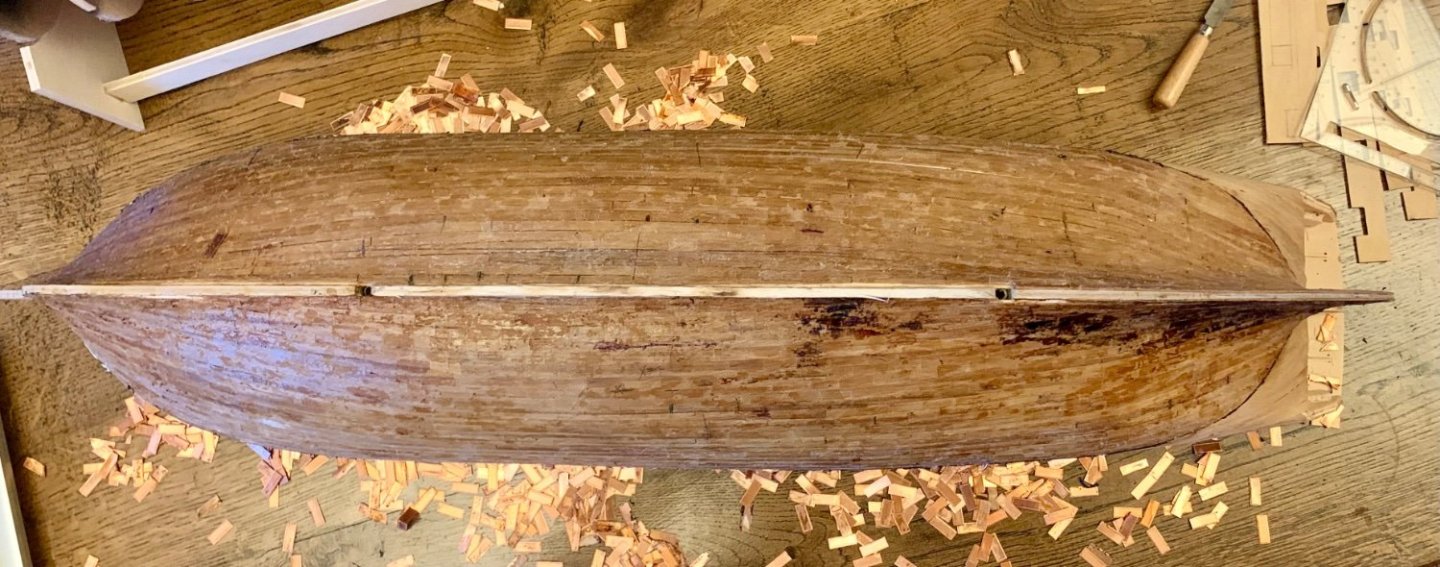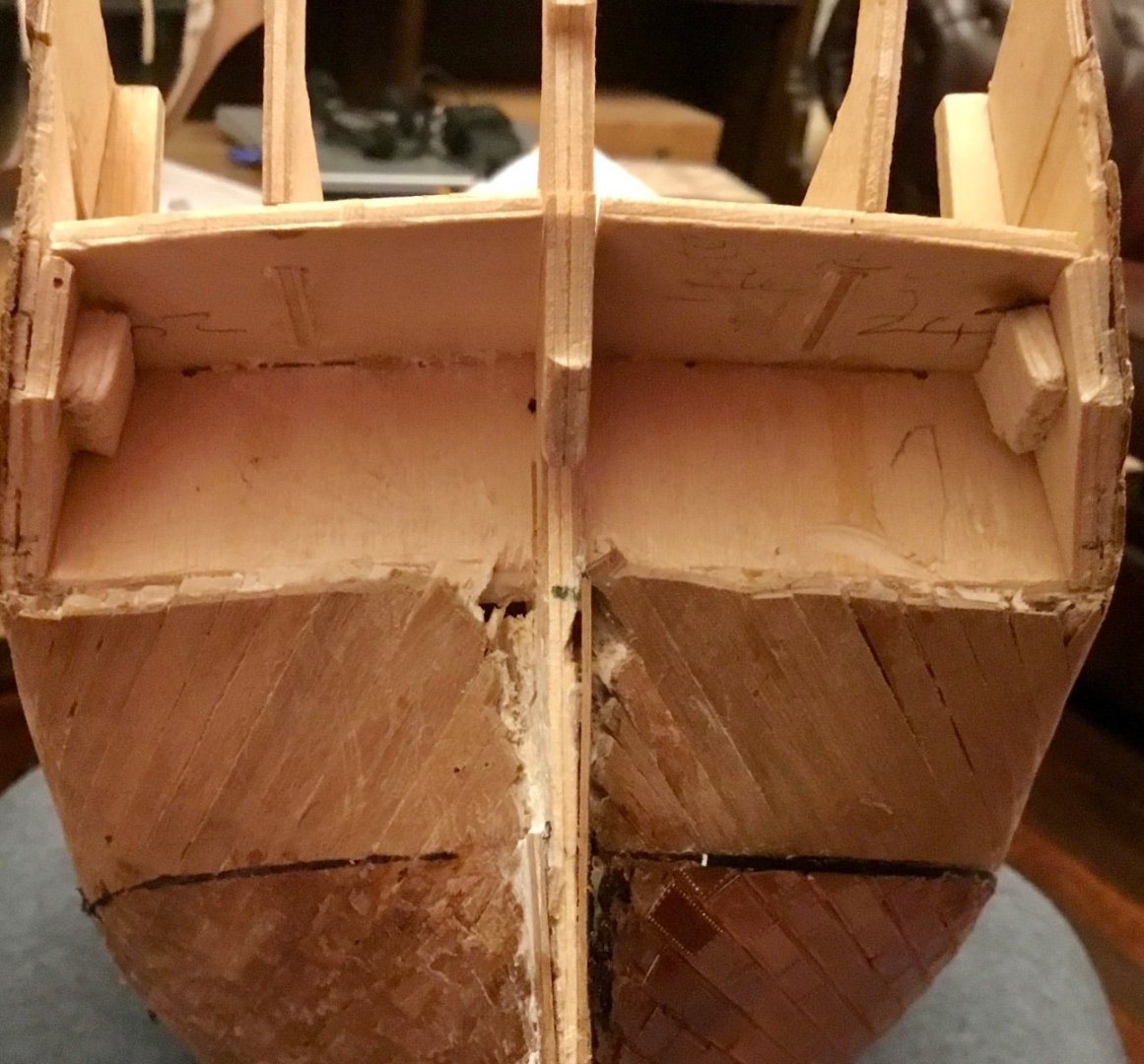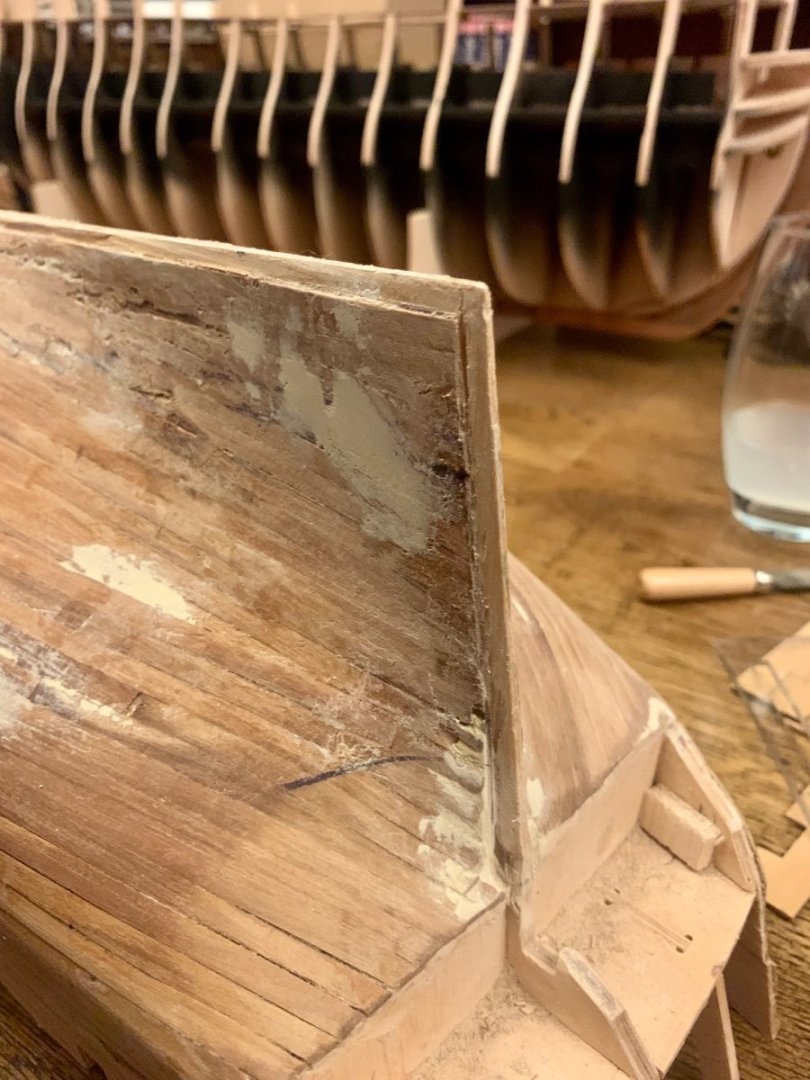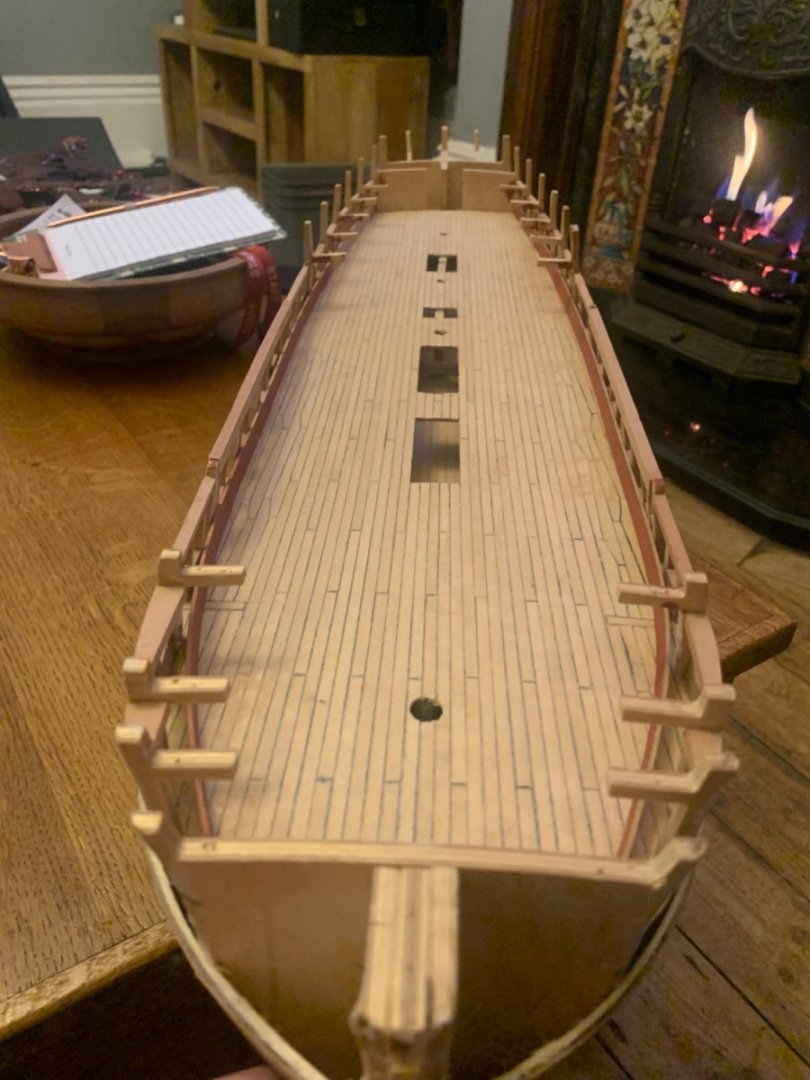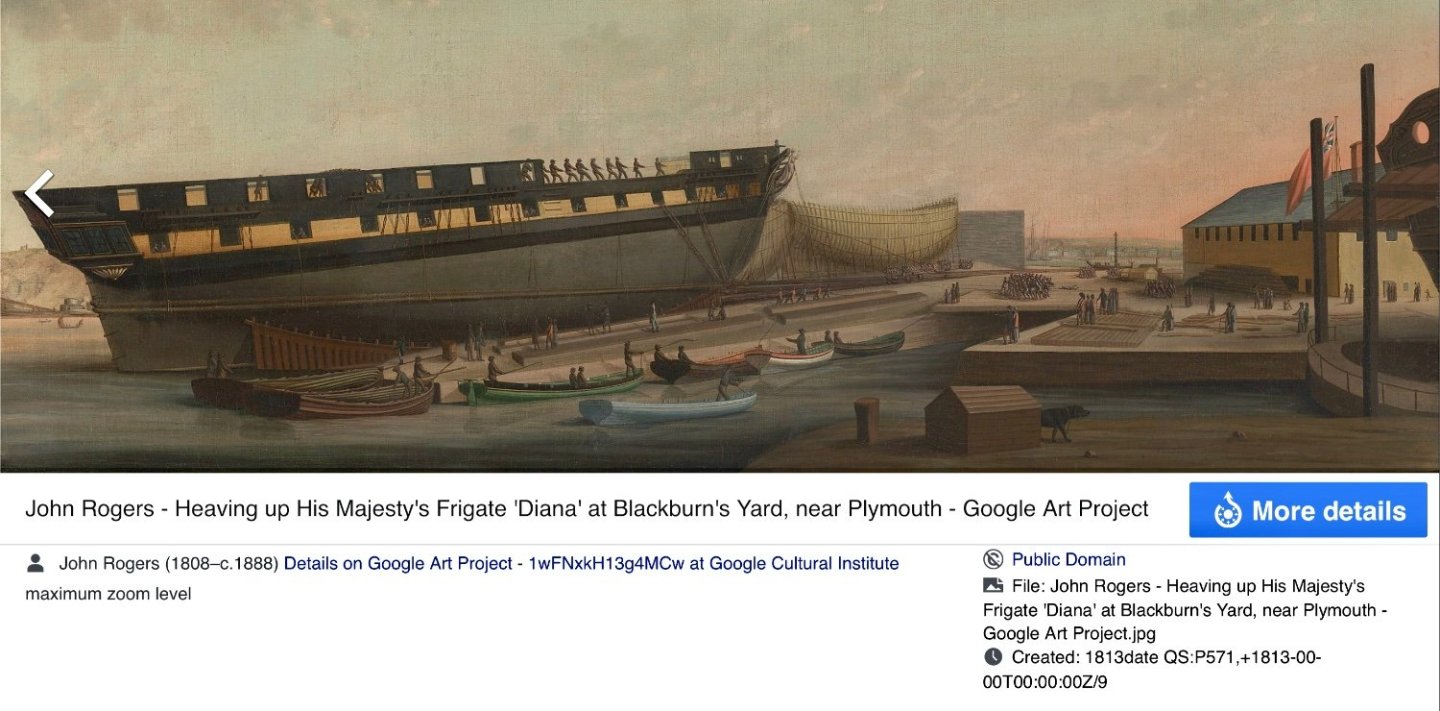-
Posts
514 -
Joined
-
Last visited
About Morgan
- Birthday 10/03/1961
Contact Methods
-
MSN
gary.morgan666@hotmail.co.uk
Profile Information
-
Gender
Male
-
Location
Hartlepool, UK
-
Interests
Maritime History, Model Ship Building, Photography & Astrophotography
Recent Profile Visitors
-
 Scottish Guy reacted to a post in a topic:
Orkney Shipwreck washed ashore
Scottish Guy reacted to a post in a topic:
Orkney Shipwreck washed ashore
-
 Scottish Guy reacted to a post in a topic:
HMS Victory 1805 by Darius359au - Artesania Latina - 1:72 - Cross-Section
Scottish Guy reacted to a post in a topic:
HMS Victory 1805 by Darius359au - Artesania Latina - 1:72 - Cross-Section
-
 Morgan reacted to a post in a topic:
HMS Victory by dafi - Heller - PLASTIC - To Victory and beyond ...
Morgan reacted to a post in a topic:
HMS Victory by dafi - Heller - PLASTIC - To Victory and beyond ...
-
 Morgan reacted to a post in a topic:
HMS Indefatigable 1794 by Blue Ensign - FINISHED - Vanguard Models - 1:64 scale
Morgan reacted to a post in a topic:
HMS Indefatigable 1794 by Blue Ensign - FINISHED - Vanguard Models - 1:64 scale
-
 Archi reacted to a post in a topic:
Steel's Naval Architecture
Archi reacted to a post in a topic:
Steel's Naval Architecture
-
 Morgan reacted to a post in a topic:
HMS Victory 1805 by Darius359au - Artesania Latina - 1:72 - Cross-Section
Morgan reacted to a post in a topic:
HMS Victory 1805 by Darius359au - Artesania Latina - 1:72 - Cross-Section
-
 Morgan reacted to a post in a topic:
HMS Victory 1805 by Darius359au - Artesania Latina - 1:72 - Cross-Section
Morgan reacted to a post in a topic:
HMS Victory 1805 by Darius359au - Artesania Latina - 1:72 - Cross-Section
-
I’ll follow along, I’ve got this to start at some point and it’s useful to have more than just the YouTube videos to reference. Gary
- 28 replies
-
- Victory
- Artesania Latina
-
(and 1 more)
Tagged with:
-
 DaveBaxt reacted to a post in a topic:
Stairs on the hull planking and on the wale
DaveBaxt reacted to a post in a topic:
Stairs on the hull planking and on the wale
-
 mtaylor reacted to a post in a topic:
Stairs on the hull planking and on the wale
mtaylor reacted to a post in a topic:
Stairs on the hull planking and on the wale
-
Dimension ‘A’ in Post #2 or ‘step’ between the Wales and the planking above and below were not that great, they would only be one to two inches (25 - 50mm). On Victory the Black Strakes, those planks above the Main Wale were two inches thinner, as were the Diminishing Strakes, those below the Main Wale, and so on. The higher up the ship the less noticeable the change in thickness with the subsequent strakes and Wales. At a maximum of 50mm difference step change in planking in the scales we generally work at we are talking only 0.5 - 1mm difference, or Dimension ‘A’ in post #2 above. Gary
-
 Morgan reacted to a post in a topic:
HMS Indefatigable 1794 by Blue Ensign - FINISHED - Vanguard Models - 1:64 scale
Morgan reacted to a post in a topic:
HMS Indefatigable 1794 by Blue Ensign - FINISHED - Vanguard Models - 1:64 scale
-
 Morgan reacted to a post in a topic:
Syren Ship Model Company News, Updates and Info.....(part 2)
Morgan reacted to a post in a topic:
Syren Ship Model Company News, Updates and Info.....(part 2)
-
 Canute reacted to a post in a topic:
Orkney Shipwreck washed ashore
Canute reacted to a post in a topic:
Orkney Shipwreck washed ashore
-
 Morgan reacted to a post in a topic:
Chris Watton and Vanguard Models news and updates Volume 2
Morgan reacted to a post in a topic:
Chris Watton and Vanguard Models news and updates Volume 2
-
 mtaylor reacted to a post in a topic:
Orkney Shipwreck washed ashore
mtaylor reacted to a post in a topic:
Orkney Shipwreck washed ashore
-
 Morgan reacted to a post in a topic:
Orkney Shipwreck washed ashore
Morgan reacted to a post in a topic:
Orkney Shipwreck washed ashore
-
Incredible Orkney Shipwreck https://www.bbc.co.uk/news/articles/crg447y13nzo
-
 Morgan reacted to a post in a topic:
HMS Victory by dafi - Heller - PLASTIC - To Victory and beyond ...
Morgan reacted to a post in a topic:
HMS Victory by dafi - Heller - PLASTIC - To Victory and beyond ...
-
The reasoning for ‘Top down’ and ‘Stern to Bow’ is to negate the effect of friction on the plating. Consider the impact of friction as the ship moves through the water, this was enough to wear down the copper plating over time. The same forces will act on the seams of the copper plates. Forward facing seams would be more prone to opening up as friction has each individual seam to act upon. A rear facing seam allows the water to slip over the seam with a much reduced impact. The same applies with the horizontal seams, the effect of water on the ships hull is to constantly push it upwards, hence the seams were also upwards facing to mitigate this frictional force that would otherwise work its way much easier into those seams. Gary
-
This is certainly what Bugler says of Victory: ”The sheets were worked with laps, clinker fashion down, and butts, clinker fashion, aft. The strakes were run as far as practicable parallel to the waterline. At the fore end they were laid roughly parallel to the fore foot.” My reading is ‘Top Down’ and ‘Stern to Bow’ as the lay direction. Gary
-
Two points to consider. Firstly, drawings are not definitive when it comes to fixtures and fittings. And secondly, the contract only takes the ship to the point of handover to (usually) a Royal Dockyard for fitting out, tiles could be added during fit-out, the silence in the contract or drawings does not preclude this. I assume the addition of the stove itself was by the navy at the appointed Royal dockyard and not by the Contractor? Gary
-
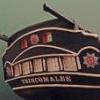
Ships at Trafalgar - what kits are available?
Morgan replied to bruce d's topic in Wood ship model kits
Her sisters, Neptune & Dreadnaught were also at Trafalgar, so 3 for the price of one option. Gary -
Hi cbill, In answer to your question, certainly as late as the Napoleonic wars First Rates carried swivel guns. There is strictly contemporary evidence of Victory having 3 swivel guns mounted on a rail at the break of the Poop Deck at Trafalgar, as evidenced by a watercolour made by JMW Turner in December 1805 (see below). This was somewhat unusual as they were normally mounted in the fighting tops, but Nelson did not like small arms fire in close proximity to the sails. In this instance it had been shot away during the battle but was subsequently reinstated at Gibraltar during temporary refitting. Although not First Rates there is also evidence of swivels at this time being mounted on capstans for example, so it seems almost any convenient place. Please do take the time out to introduce yourself in the ‘New Member Introductions’ section, and welcome to MSW. Gary
-
The removal of the copper plates has continued, leaving the glue residue to clean up. The heat from the removal process has left the glue residue brittle, making sanding removal fairly easy. The exposed hull leaves a couple of areas to address, also, the keel needs squaring off, it has lost its profile, I’ll add a false keel and fill up to this line and sand it back. The re-coppering will hide this. More of a problem is an area of planking that falls short of the sternpost under the counter, for now this is filled and sanded, but I have to address a more permanent solution. One possibility is to paint the hull below the Wales. As identified earlier the gunports needed realignment. The only way to do this is to remove them, but this necessitated removal of all internal and external planking down to deck level, so another case of moving backwards before continuing. The removal of the planking inevitability damaged some more of the upper extensions frames of the bulkheads. However, having stripped the hull back I can now been able to move forward with reconstruction. I have put in place some gunport framing and ‘splints’ to support the original structure and re-establish the profile ready for re-planking. None of this will be visible and is only to hang the planking on and for lining the gunports. It necessarily has to fit in with and between what is in place, which means it fits where it touches, but ‘pretty’ isn’t a consideration. There is some more fettling and levelling required. To aid this the lower plank of the inner bulwarks have been cut to the same height as the sills of the gunport frames, this is not yet glued in place as this will allow each port to be aligned / squared prior to fixing down. When positioning the inner bulwark lower plank the longitudinal ripple along the deck is obvious, but once a waterway is fixed this will obscure it, it won’t affect the cannon placement as it is limited to the outside of the deck, and most will be obscured by the weather decks. It seems that where the deck is not supported by the transverse bulkheads there is a tendency in places to have sunk, but no matter, onwards and upwards. Gary
-

Axminster 300 mm disc sander unboxing
Morgan replied to vaddoc's topic in Modeling tools and Workshop Equipment
Hi Vaddoc, I doubt you’ll go wrong with your sander. Axminster customer service is excellent, ans are their products. As a specialised woodworking supplier they know their business and what customers want from them. The Admiral has to place time limits on my store browsing when I visit, I could spend all day in there. Gary -
I would search for the likes of the commanders such as Howard of Effingham, Sir Francis Drake, Sir Walter Raleigh, or other commanders of the era. Include the names of their ships in the search as well, it may help narrow the search. I can’t guarantee you will find what you are looking for but it is as good a starting point as any, hopefully other here can suggest other contemporary sources. Good luck with the search. Gary
-
Have you tried studying paintings of sea officers from that era, I would imagine some would show themselves in their cabins which may also capture how the cabin is furnished. I certainly recall that such images from some of the leading figures of the Spanish Armada (on the Spanish side) are so painted (I can’t recall where) but possibly some may also exist of English officers. Bit of a long shot but they would certainly be contemporary. Gary
-
Hi Sizzolo, Just a heads up, in 1806 Diana would have carried a built-up forecatle this was an Admiralty directive (I can dig out the reference), she still carried this in 1813 as per the photo below. Not as aesthetically pleasing in my view. Also note 8 QD ports. Obviously your build and decisions, just adds to the mix of info. Glad your National Archives visits are finally bearing fruit. Gary
About us
Modelshipworld - Advancing Ship Modeling through Research
SSL Secured
Your security is important for us so this Website is SSL-Secured
NRG Mailing Address
Nautical Research Guild
237 South Lincoln Street
Westmont IL, 60559-1917
Model Ship World ® and the MSW logo are Registered Trademarks, and belong to the Nautical Research Guild (United States Patent and Trademark Office: No. 6,929,264 & No. 6,929,274, registered Dec. 20, 2022)
Helpful Links
About the NRG
If you enjoy building ship models that are historically accurate as well as beautiful, then The Nautical Research Guild (NRG) is just right for you.
The Guild is a non-profit educational organization whose mission is to “Advance Ship Modeling Through Research”. We provide support to our members in their efforts to raise the quality of their model ships.
The Nautical Research Guild has published our world-renowned quarterly magazine, The Nautical Research Journal, since 1955. The pages of the Journal are full of articles by accomplished ship modelers who show you how they create those exquisite details on their models, and by maritime historians who show you the correct details to build. The Journal is available in both print and digital editions. Go to the NRG web site (www.thenrg.org) to download a complimentary digital copy of the Journal. The NRG also publishes plan sets, books and compilations of back issues of the Journal and the former Ships in Scale and Model Ship Builder magazines.






.jpg.d84ec4dad1d7791e855dca06210ab6f3.thumb.jpg.f45209242e851d4409eca1a09293165b.jpg)
